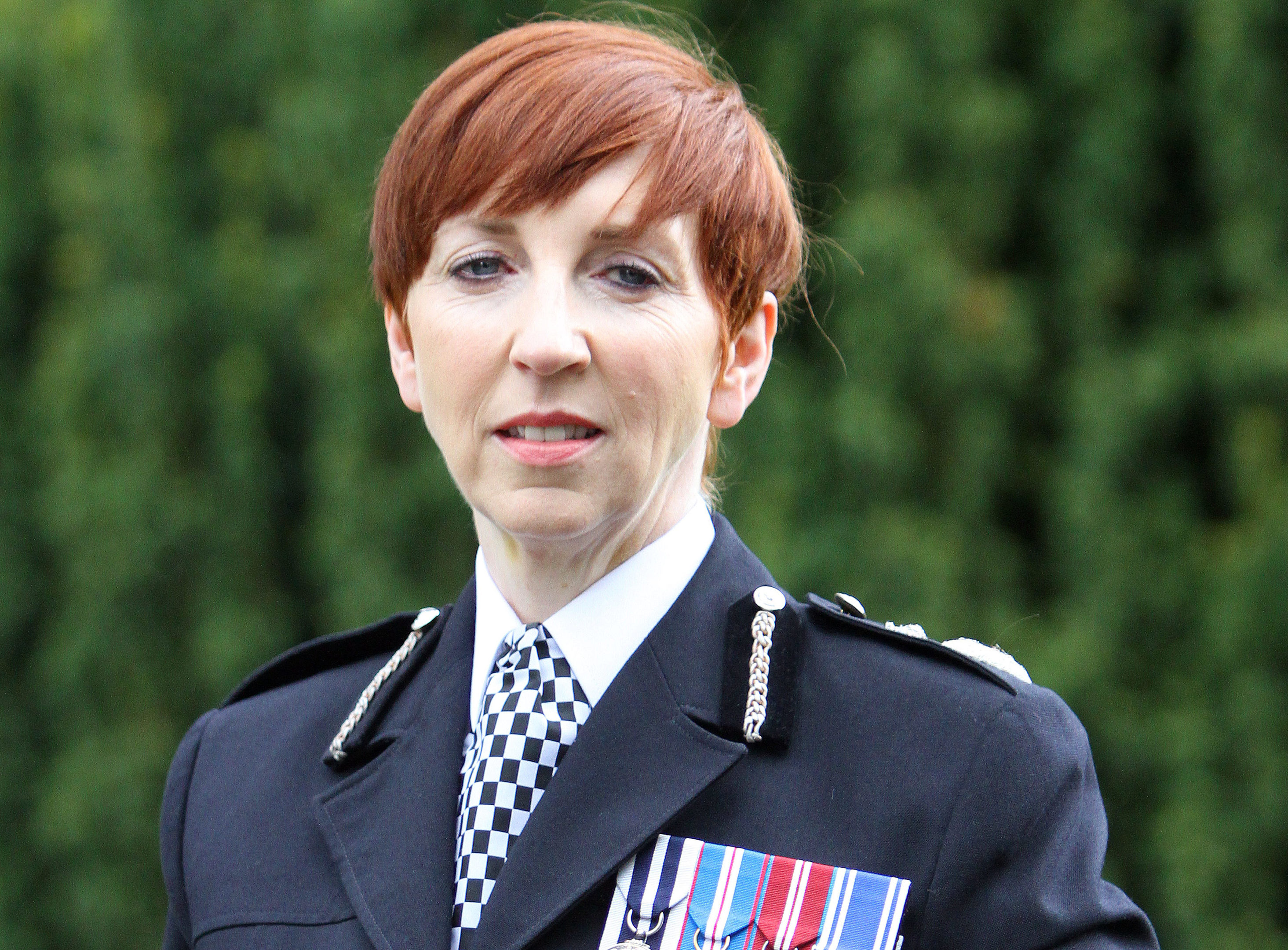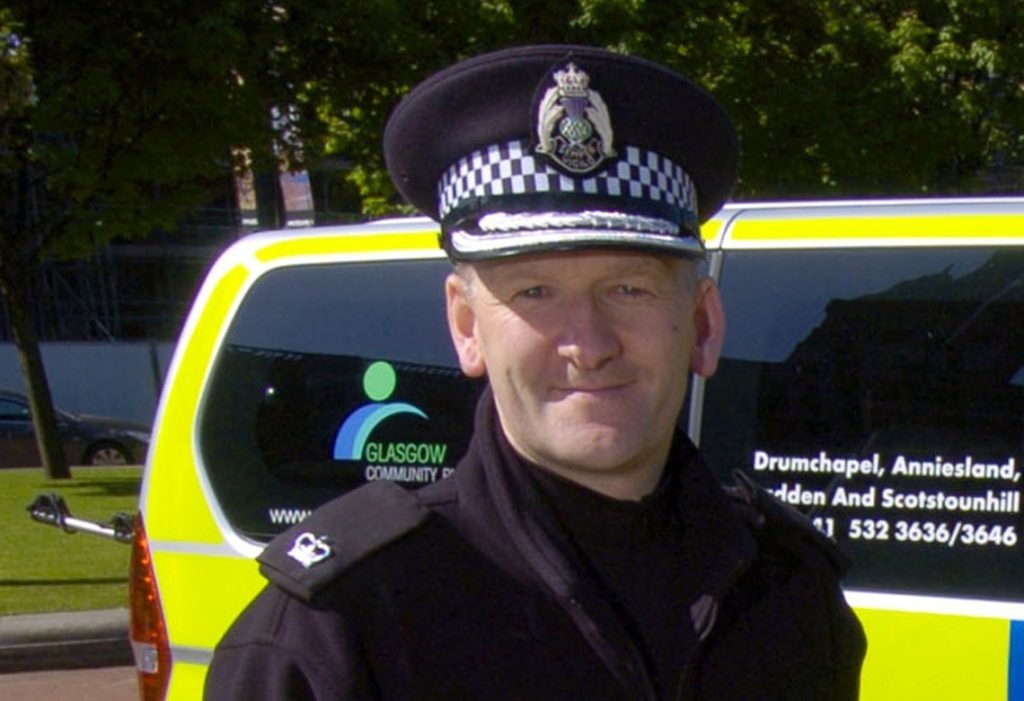
TWO senior officers embroiled in Police Scotland’s spying scandal should have faced disciplinary action but retired before investigations were finished, according to a confidential report.
Police Scotland last month insisted an independent investigation by the Police Service of Northern Ireland into an unlawful hunt for journalists’ sources had found no evidence of misconduct.
After receiving the 180-page report, Deputy Chief Constable Rose Fitzpatrick said: “I have reviewed the findings of the inquiry and have determined that there was no misconduct on the part of any of the officers who were investigated.”
However, the PSNI report is understood to have concluded that five of the seven officers investigated should be given “corrective advice” and that most blame for the “unlawful and reckless” molehunt launched by the discredited Counter Corruption Unit, now disbanded, lay with the senior officers directing the unfolding fiasco.
It is understood PSNI Assistant Chief Constable Mark Hamilton’s reports suggests two officers – Detective Superintendent David Donaldson and Detective Chief Inspector Gary Stitt – should have faced investigations into alleged misconduct but had already retired.
Both men were accused of ignoring “clear and unambiguous” advice that applications to find journalists’ sources would be unlawful without the approval of a judge.
Mr Hamilton investigated seven officers from Police Scotland’s discredited Counter Corruption Unit – chief superintendent Clarke Cuzen, Detective Inspector Joanne Grant, two detective sergeants and three detective constables.
Not one but two Police Scotland leaders probed before they quit
The seven were named in a previous report into the spying scandal by Durham chief constable Mike Barton, who said their conduct should be investigated after he uncovered a catalogue of humiliating incompetence, worthless intelligence, and reckless decision-making as the Counter Corruption Unit went after journalists’ sources.
They launched a molehunt on April 7 2015, two days after a newspaper revealed a forgotten suspect for the murder of Emma Caldwell exactly ten years earlier. However, they failed to gain the necessary judicial approval before seizing phone and email data of two serving and two former officers they wrongly suspected of being the journalists’ sources.
Deputy Chief Constable Rose Fitzpatrick: ‘I have reviewed the findings of the inquiry and have determined that there was no misconduct on the part of any of the officers who were investigated’
They had earlier applied to seize a journalist’s communications data but withdrew that application after being told it was unlawful.
Mr Barton also suggested the conduct of Superintendent Carole Auld, once in charge of the CCU, should be investigated but she is not believed to have been referred to the PSNI investigators by Police Scotland.
Mr Barton said Det. Sup Donaldson and DCI Stitt should also have been referred for misconduct investigations but had retired.
He added: “It is requested that the issues be brought to their attention and records amended accordingly.” David Moran, one of the officers unlawfully targeted by the CCU, said the PSNI report should be made public.
He called on MSPs to question Mr Barton on the issue of potential disciplinary action against officers when the Durham chief constable gives evidence to Holyrood’s police sub-committee this week.
In a withering letter to the Justice Committee after Police Scotland released a heavily-redacted version of his report just before Christmas – seven months after he delivered it – he accused the Scottish force of unnecessary delay and secrecy.
Mr Moran said: “It would be disappointing if Police Scotland have now only given a very partial account of the PSNI findings.
“If, for example, they had suggested all the officers involved had been cleared of misconduct when, in fact, a number were given corrective advice and two of the most senior officers involved had already retired and were outwith the scope of the report.
Durham Chief Constable Mike Barton: ‘These individuals, who have been identified by this inquiry as potential subject officers, have now retired.
“Nevertheless, there are a number of issues raised throughout the report which the individuals will no doubt reflect upon.
“It is requested that the issues be brought to their attention and records amended accordingly.”
“It would be disappointing but, given the delays, diversionary tactics, and lack of transparency that has marked Police Scotland’s actions during this protracted process, it would not be surprising.
“The Durham Chief Constable’s report laid bare in excruciating detail how reckless and fundamentally inept the Counter Corruption Unit was.
“Now, almost three years after this investigation, a watchdog report branding it unlawful, a tribunal deciding it breached human rights legislation, damning reports from not one but two independent forces, we are told that no officer did anything wrong.
“If Police Scotland have nothing to hide, they should publish the PSNI report.”
The two officers who retired before the end of the inquiries into the CCU molehunt are only the latest in a series of senior officers, involved in investigations linked to Emma Caldwell’s murder to leave Police Scotland in recent years.
They include assistant chief constable Ruaraidh Nicholson, who was head of Strathclyde CID when Emma was murdered, and deputy chief constable Neil Richardson.
Their evidence to MSPs at Holyrood concerning the CCU inquiry was branded “factually wrong, ambiguous and misleading” by Mr Barton. He said the officers were “less than professional”.
While the molehunt was launched within days of the press reports revealing a forgotten suspect, the murder inquiry was not reopened for another seven weeks under the orders of then Lord Advocate Frank Mulholland.
Moi Ali: Allowing accused officers to retire is unfair on them, their accusers and us
The conduct of the initial murder investigation is also being investigated although almost all of the senior officers involved have retired.
Assistant Chief Constable Alan Speirs of Police Scotland said: “The investigation carried out by PSNI found there was no misconduct by any of the seven officers investigated.
“Although this misconduct investigation was undertaken by an external police service, it remained an investigation under the Police Service of Scotland (Conduct) Regulations 2014.
“Accordingly, we cannot comment further on any aspects of the investigation.
“However, it is the case that there has been significant organisational learning and we have already implemented most of the recommendations of an HMICS review of our former Counter Corruption Unit.”
A spokesman for the PSNI said all queries about the report should be directed to Police Scotland.
The Scottish Police Federation said corrective advice does not qualify as an official misconduct sanction in police regulations.

Enjoy the convenience of having The Sunday Post delivered as a digital ePaper straight to your smartphone, tablet or computer.
Subscribe for only £5.49 a month and enjoy all the benefits of the printed paper as a digital replica.
Subscribe